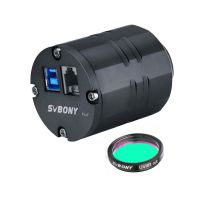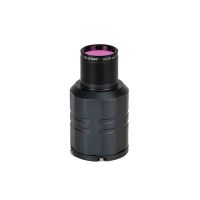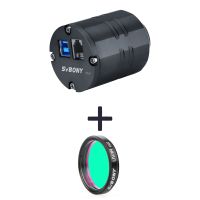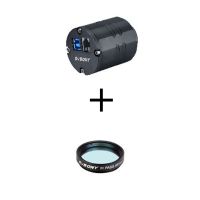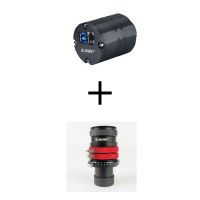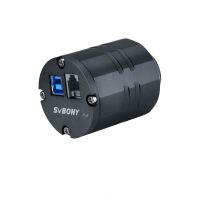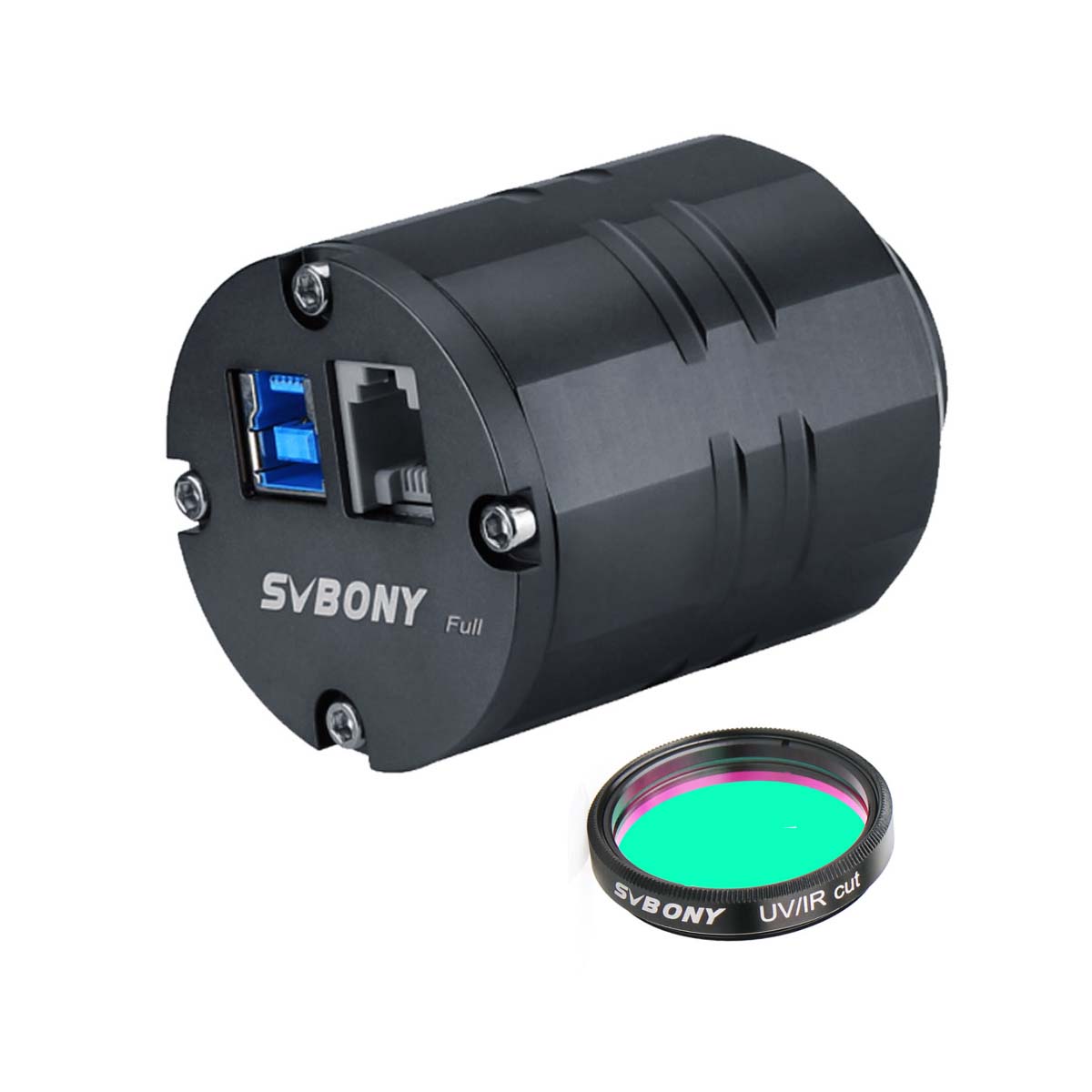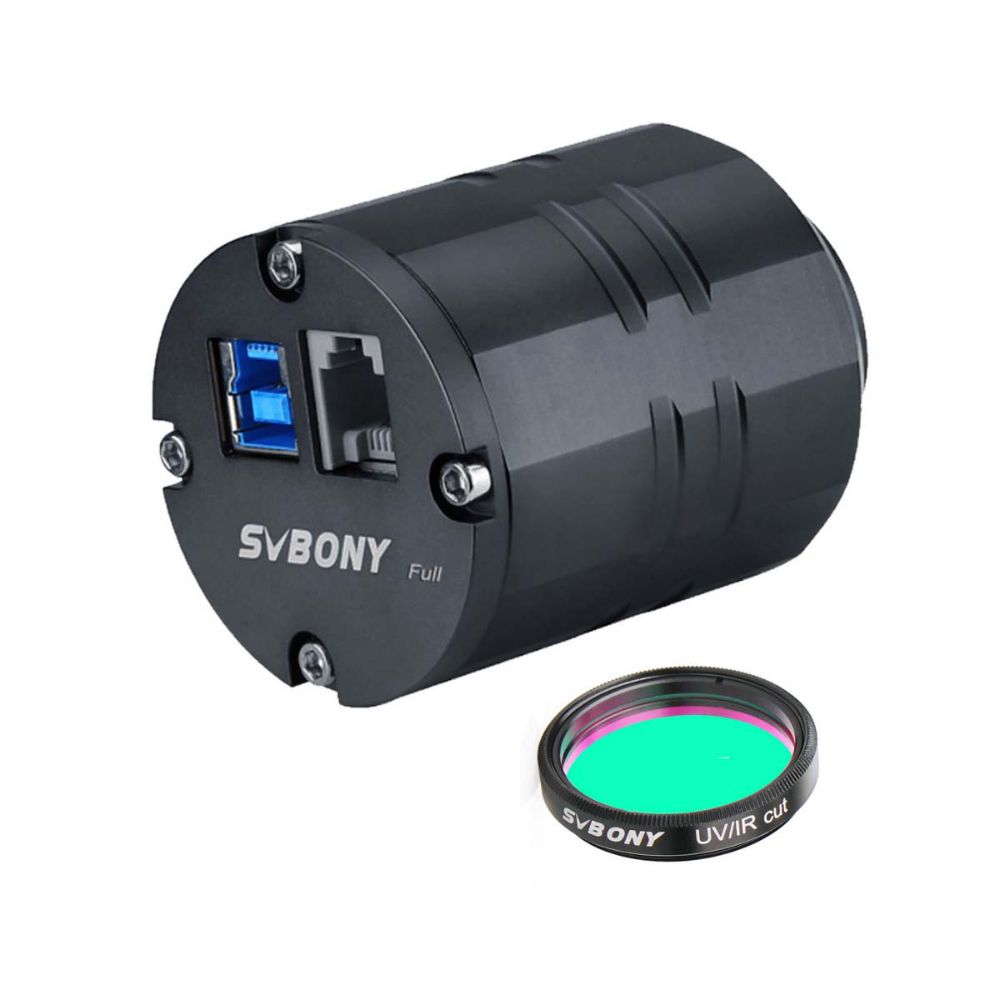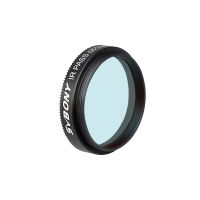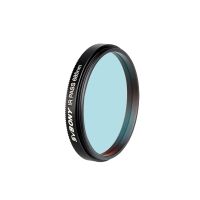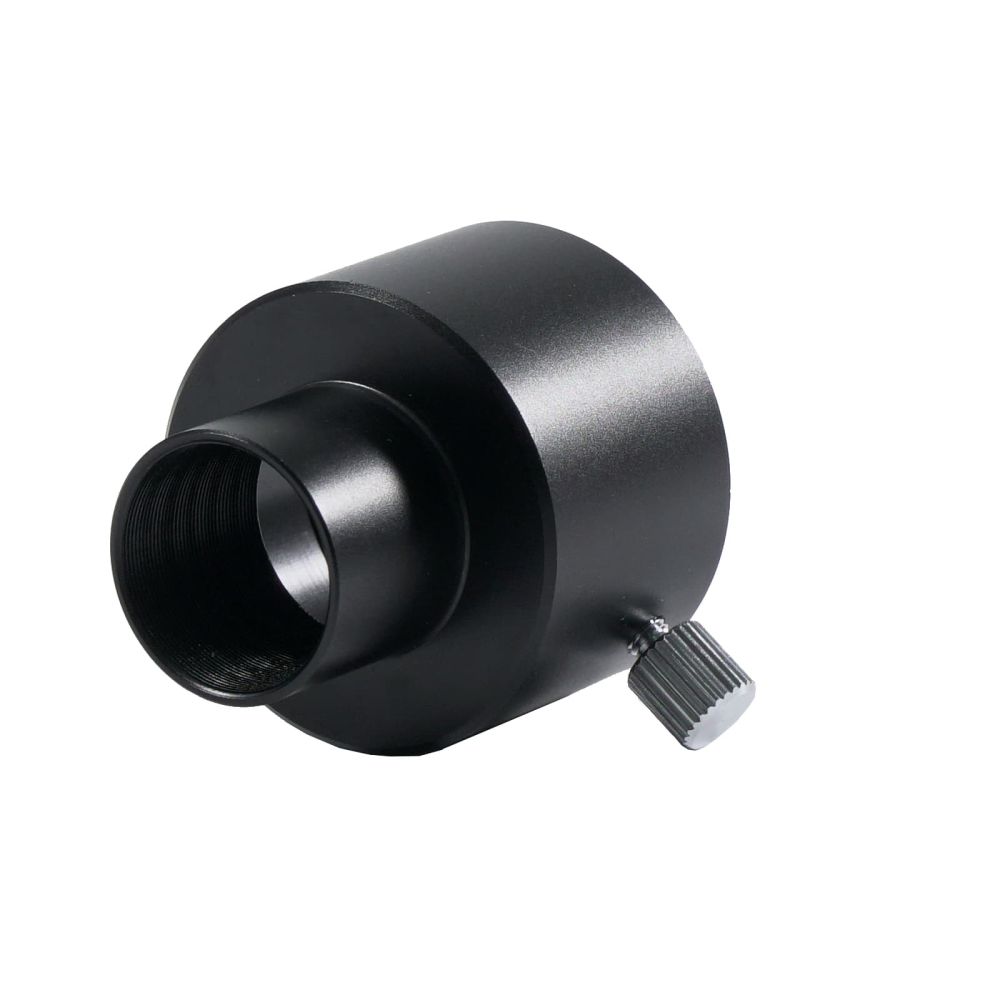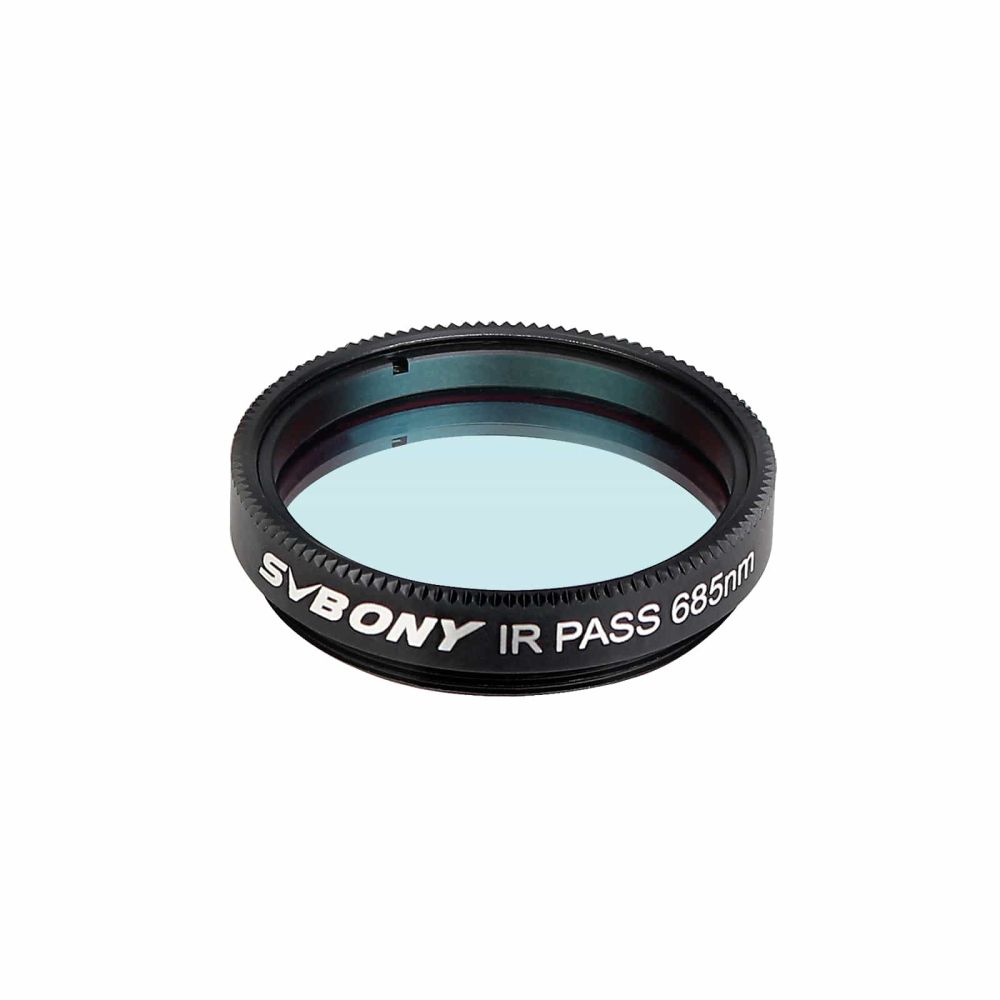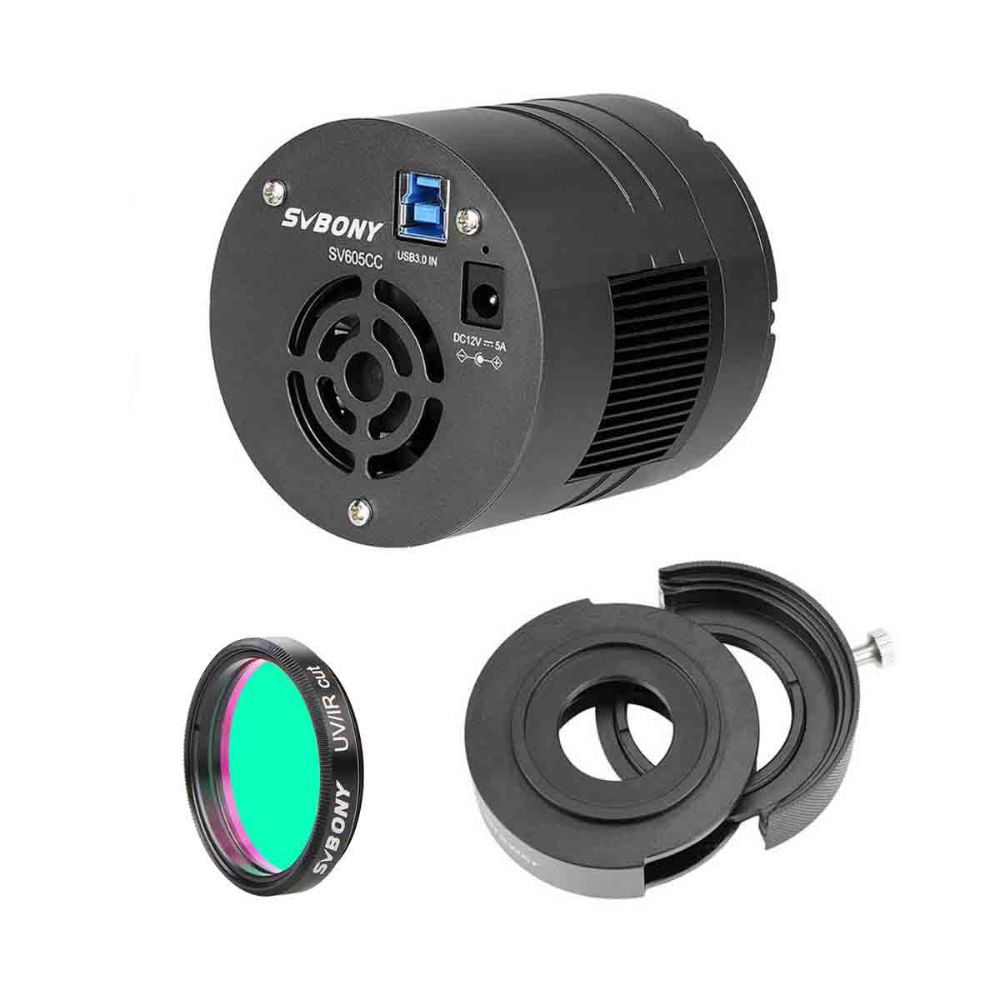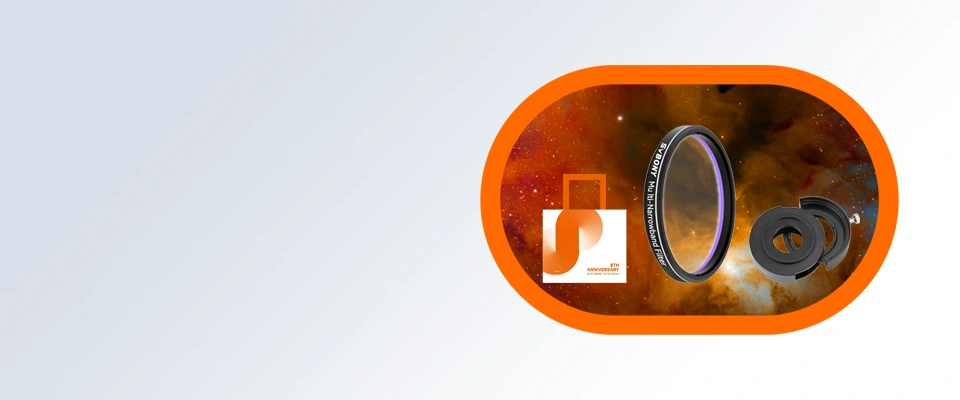The SV305Pro ARcoating allows full-spectrum light to through.You can add the filter to block UV/IR light. Provides the best color balance and sharpness. It can shoot the color moon, Saturn, Jupiter, etc.Or detach the filter in the low-light environment to allow more light information.
Sv305Pro AR antireflection glass version has high near-infrared light transmittance. With IR685 filter, it can use near-infrared light to shoot planets, reduce the impact of visibility, and obtain stable shooting results. It can shoot the moon, astronomical stars and other stars with obvious effect.
Sv305Pro AR antireflection glass version with Sv199 atmospheric color difference correction mirror can greatly improve the impact of atmospheric dispersion and obtain excellent shooting results. It can shoot the moon, planets and other objects.
Special offers and product promotions
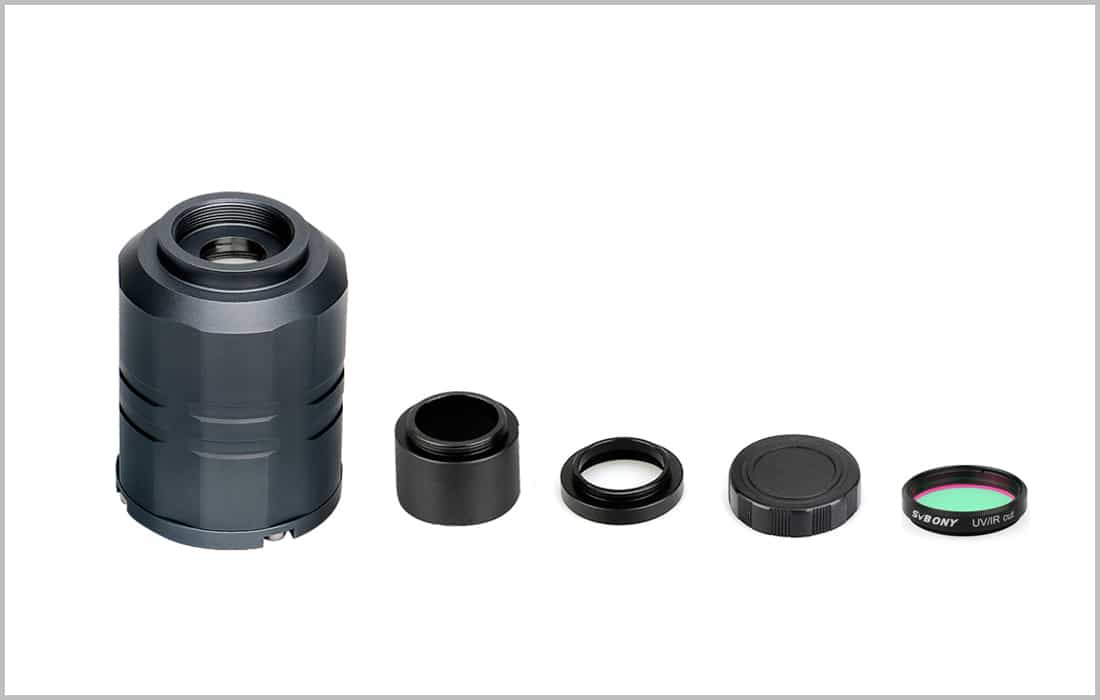
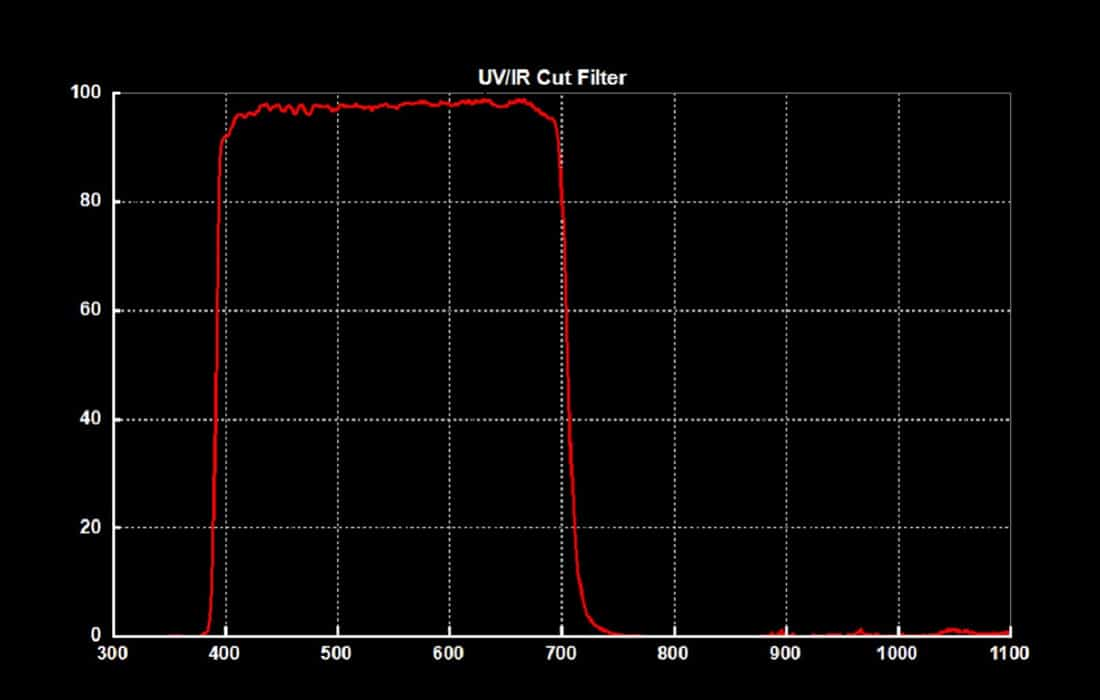
| SKU | Model | CMOS Sensor | Classification | Pixel Size | Resolution | USB Type |
| F9198A | SV305 | IMX290 | Color | 2.9μm x 2.9μm | 2MP | USB 2.0 |
| F9198B | SV305 Pro | IMX290 | Color | 2.9μm x 2.9μm | 2MP | USB3.0 |
| F9198C | SV305Pro AR | IMX290 | Color | 2.9μm x 2.9μm | 2MP | USB3.0 |
| F9198D | SV305M Pro | IMX290 | Monochrome | 2.9μm x 2.9μm | 2MP | USB3.0 |
| F9198L | SV305C | IMX662 | Color | 2.9μm x 2.9μm | 2.1MP | USB2.0 |
| F9198G | SV905C | IMX225 | Color | 3.75μm x 3.75μm | 1.2MP | USB2.0 |
| F9198H | SV505C | IMX464 | Color | 2.9μm x 2.9μm | 4.2MP | USB3.0 |
| F9198J | SV705C | IMX585 | Color | 2.9μm x 2.9μm | 8.3MP | USB3.0 |
| F9384A | SC311 | IMX662 | Color | 2.9μm X 2.9μm | 2.1MP | Type-C |
| Model | F9127A | |
| Size | 1.25'' | |
| Thread | M28.5*0.6 | |
| Type | UV IR cut filter | |
| Model | SV305 Pro |
| Sensor | 1/2.8" CMOS Color |
| Sensor Model | SONY IMX290 |
| Pixel Size | 2.9µmx2.9µm |
| Resolution | 2MPixels(1920*1080@120FPS)360*240@260fps |
| USB Type | USB3.0 |
| Shutter | Electronic Rolling Shutter |
| Exposure Time | 1ms~30min |
| Gain | Automatic/Manual |
| Maximum Frame Rate | 120FPS(1920*1080) |
| ADC | 10 bit/12 bit Out 8 bit/12 bit |
| Filter | AIR filter |
| Support OS | Windows, Linux, Raspberry Pi & Mac OS |
| Support Telescope | Telescope with 1.25'' diagonal base hole |
| Power Consumption | 230mA@5V |
| Cable Length | 2m |
| Working Humidity | 30%-80% |
| Storage Humidity | 20%-90% |
| Operating Temperature | -10°C~50°C |
| Storage Temperature | -20°C~60°C |
| Weight | 135g |
| Package Length*Width*Height | Ø*49.5*65mm |
| Filter for camera | Connection mode |
| F9127A-1.25 inch UV/IR Cut astronomical photography filter | F9127A+1.25 inch extended tube + F9198C-Sv305Pro |
| W9142A-SV183 IR pass filter [1.25 inch /685nm] | W9142A+1.25 inch extended tube + F9198C-SV305pro |
| W9157B-SV199 1.25'' ADC Atmospheric Dispersion Corrector[1/4 λ] | W9157B+ F9198C-SV305Pro |
Svbony SV305 Pro works with Windows, Linux, Mac OS and Raspberry Pi system.
>Windows system with Sharpcap software 3.2.6433 and latest version
https://www.sharpcap.co.uk/sharpcap/downloads
>Linux system with AstroDMx capture for Linux & Raspberry Pi, Version 0.78.3 and Latest Version
https://www.astrodmx-capture.org.uk/astrodmx-capture-downloads/
>PHD2 Software for Guiding, Version v2.6.9dev1 and Latest Version
https://openphdguiding.org/downloads/
> Mac OS with AstroDMx capture for Linux (version 0.84.7 )
https://www.astrodmx-capture.org.uk/astrodmx-capture-downloads/
UV/IR CUT filter
1. The UV IR cut filter uses the very latest coating technology to deliver the finest filtration quality and lifetime durability. If you use a DSLR camera, CCD camera, or telescope, it absolutely will be one of your best choices;
2. Color CCD cameras such as the Skyris color planetary cameras are very sensitive across the visual spectrum, as well as in infrared. Some telescopes may correct for chromatic aberration but are not designed to correct for IR light, which can often look defocused in astro-images. Blocking infrared (IR) light provides the greatest color balance and sharpness in your astro-images. This filter blocks IR while passing more than 94% of the entire visual spectrum, maintaining color fidelity.



